{Edit: the answer by Bryan Oakley in the suggested duplicate question enter link description here a) fires a response on change to the array variable (arrayvar.trace mode="w"), and I need it triggered on FocusOut, as described in my original question; b) works for Python 2, but I'm having trouble converting it to work in Python 3.5. I'm currently using his and pyfunc's answers as leads and trying to figure out a similar solution using a FocusOut event.}
I am working on a tkinter GUI that lets a user select a particular type of calculation, using a pair of radio button lists. Based on the selections, a tool bar is populated with multiple modular entry widgets, one for each variable the calculation requires. The goal is to have the numerical entry values passed to the model, which will return data to be graphed on a canvas or matplotlib widget.
My question is: what typical strategy is used for gathering and continually refreshing values from multiple widgets, in order to update displays and to pass them on to the model? The trick here is that there will be a large number of possible calculation types, each with their own toolbar. I'd like the active toolbar to be "aware" of its contents, and ping the model on every change to a widget entry.
I think the widgets and the toolbar would have to be classes, where the toolbar can query each widget for a fresh copy of its entry values when a change is detected, and store them as some collection that is passed to the model. I'm not entirely sure how it can track changes to the widgets. Using a "validate='focusout' " validation on the entry widget (e.g. as in this validation reference ) suggests itself, but I already use "validate='key' " to limit all entries to numbers. I don't want to use "validate=all" and piggyback onto it because I don't want to continually ask the model to do a lengthy calculation on every keypress.
I'm new to GUI programming, however, so I may be barking up the wrong tree. I'm sure there must be a standard design pattern to address this, but I haven't found it.
Below is a screenshot of a mockup to illustrate what I want the GUI to do. The Task radiobutton controls which secondary button menu appears below. The selection in the second menu populates the top toolbar with the necessary entry widgets.
